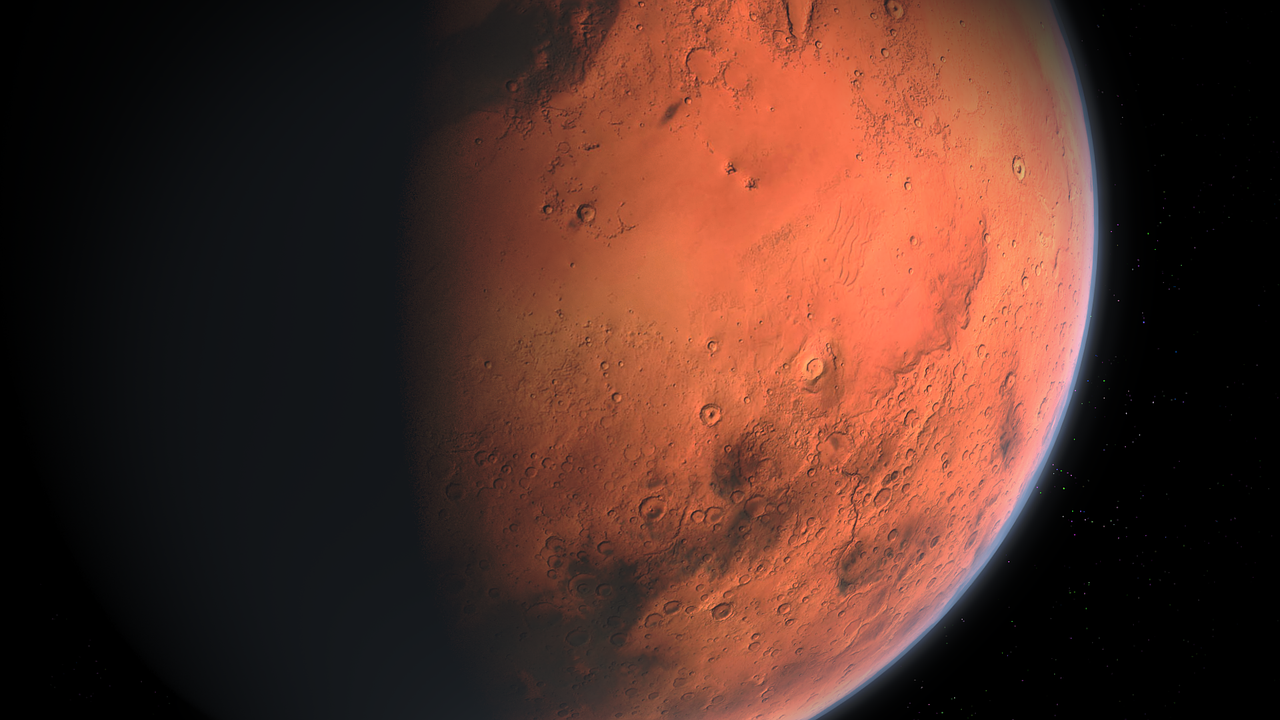
More Deep Space Gateway! What were you expecting? In February 2018, Researchers at NASA from the NASA Johnson Space Center have started thinking about even more applications of the Deep Space Gateway. The next proposed addition is to characterize comets and asteroids though the collection of cosmic dust in the space between the Earth and the Moon (cislunar). Every year the earth moves through debris streams of dust and small particles from comets and asteroids crossing into Earth’s orbit. These debris areas create what we commonly call meteor showers. By using a device installed on the DSG, we could figure out the composition of a dozen or more comets and asteroids without leaving the space around our moon. The Deep Space Gateway is a perfect fit for this experiment because cosmic dust samples are not very large, and its permanent orbit allows for long collection periods. The current working name for the device is the Dust Analyzer.
The team gave both a science description and instrument operation for the device. Using the Dust Analyzer, the researchers will be able to analyze the elemental and potentially isotopic composition of comets and asteroids. Since we can already identify the parent object of many areas of cosmic dust, measuring the composition of these areas will give us detailed information about a large number of the asteroids in cislunar space. The researchers said that the experiment will give light to two things. The first is that the data will help provide information on the origins of never before researched asteroids. Also, the results will increase the scientific value of NASA’s Cosmic Dust collection by mapping its contents to individual comets and asteroids. Even the experimental process used by the Dust Analyzer is cool! The Analyzer would create dust debris that hits it at high velocity and that dust would be converted into ionized gas for analysis! There’s a lot of fascinating ideas coming from the Deep Space Gateway, so I can’t wait to see which ideas are presented next and what actually gets implemented!
Link: https://ntrs.nasa.gov/archive/nasa/casi.ntrs.nasa.gov/20180002181.pdf
Fries, M., Fisher, K. 2018. Direct Characterization of Comets and Asteroids via Cosmic Dust Analysis from the Deep Space Gateway. NASA Technical Reports Server. 20180002181.







